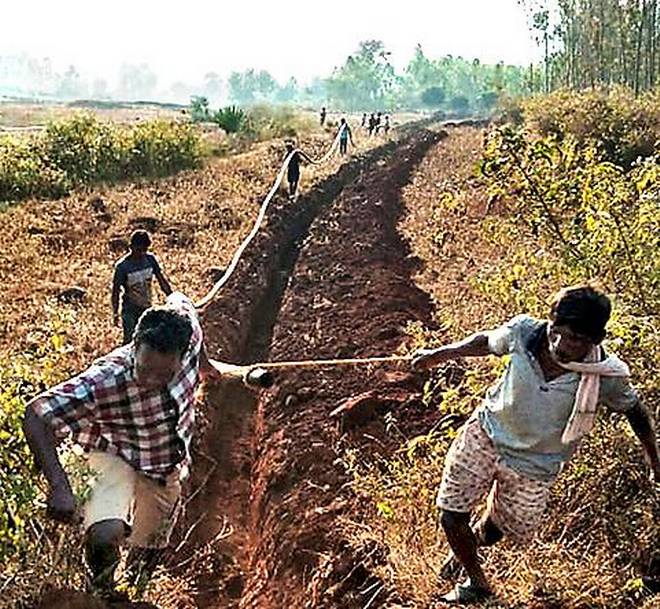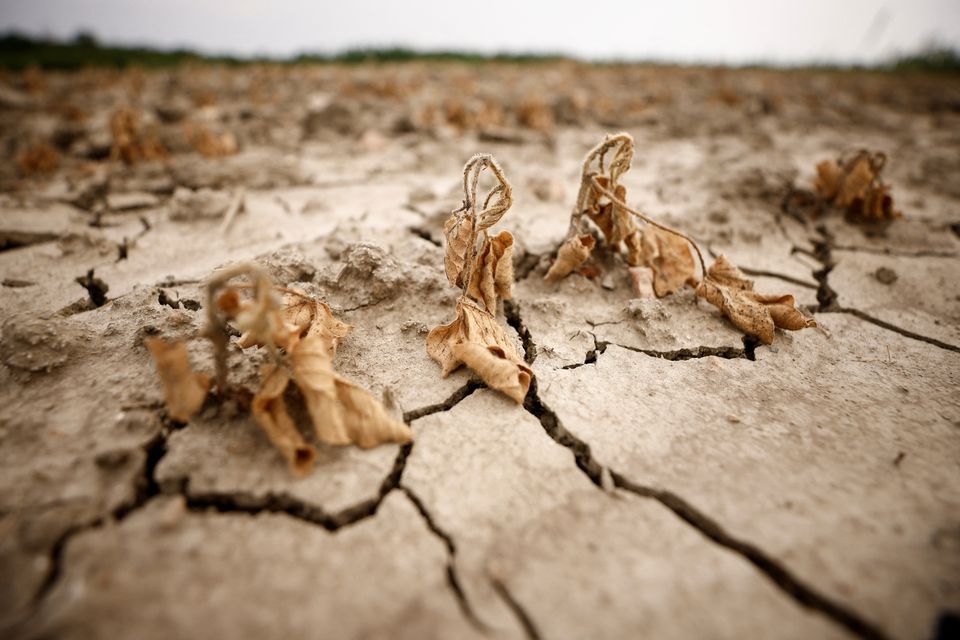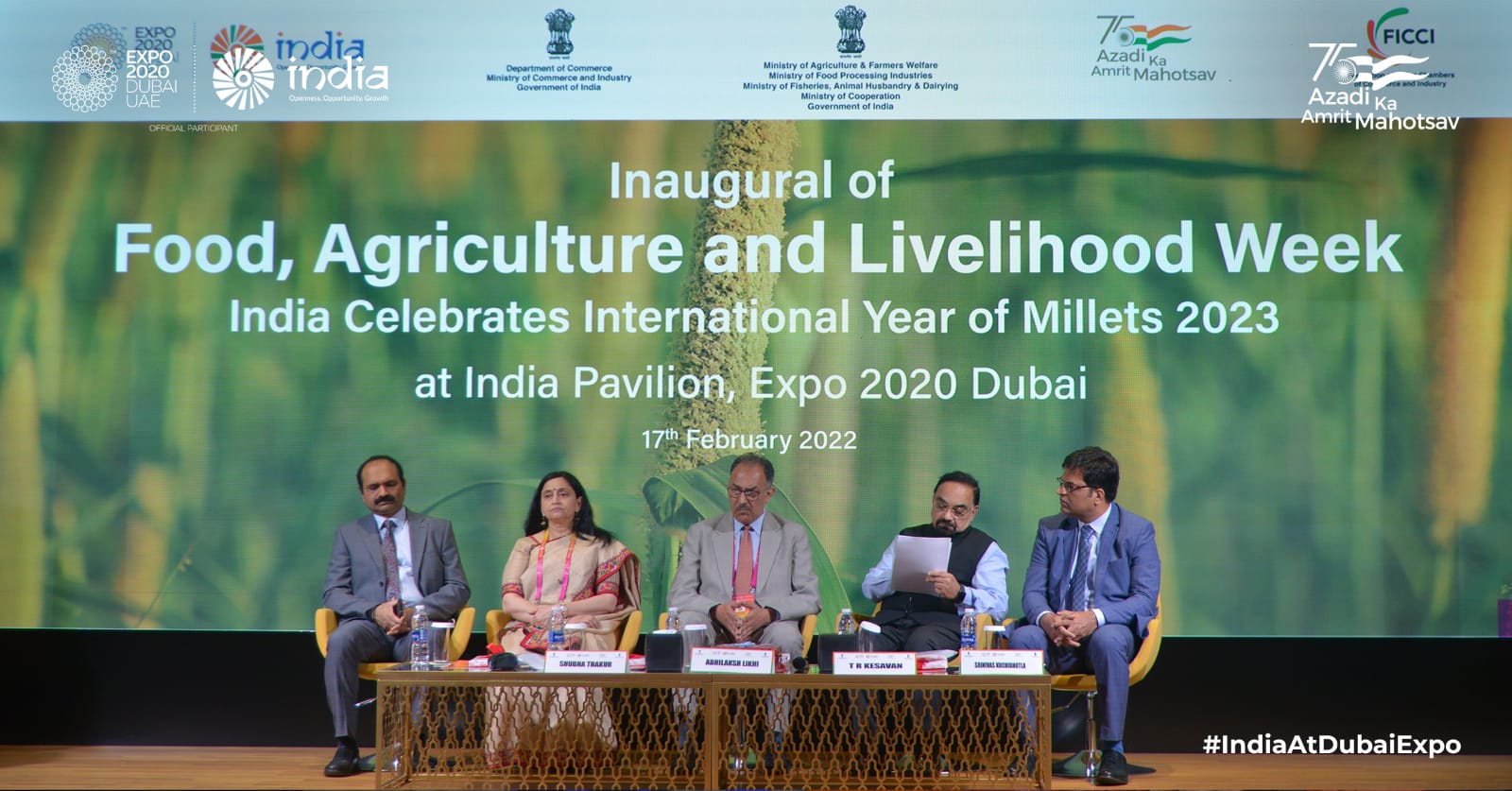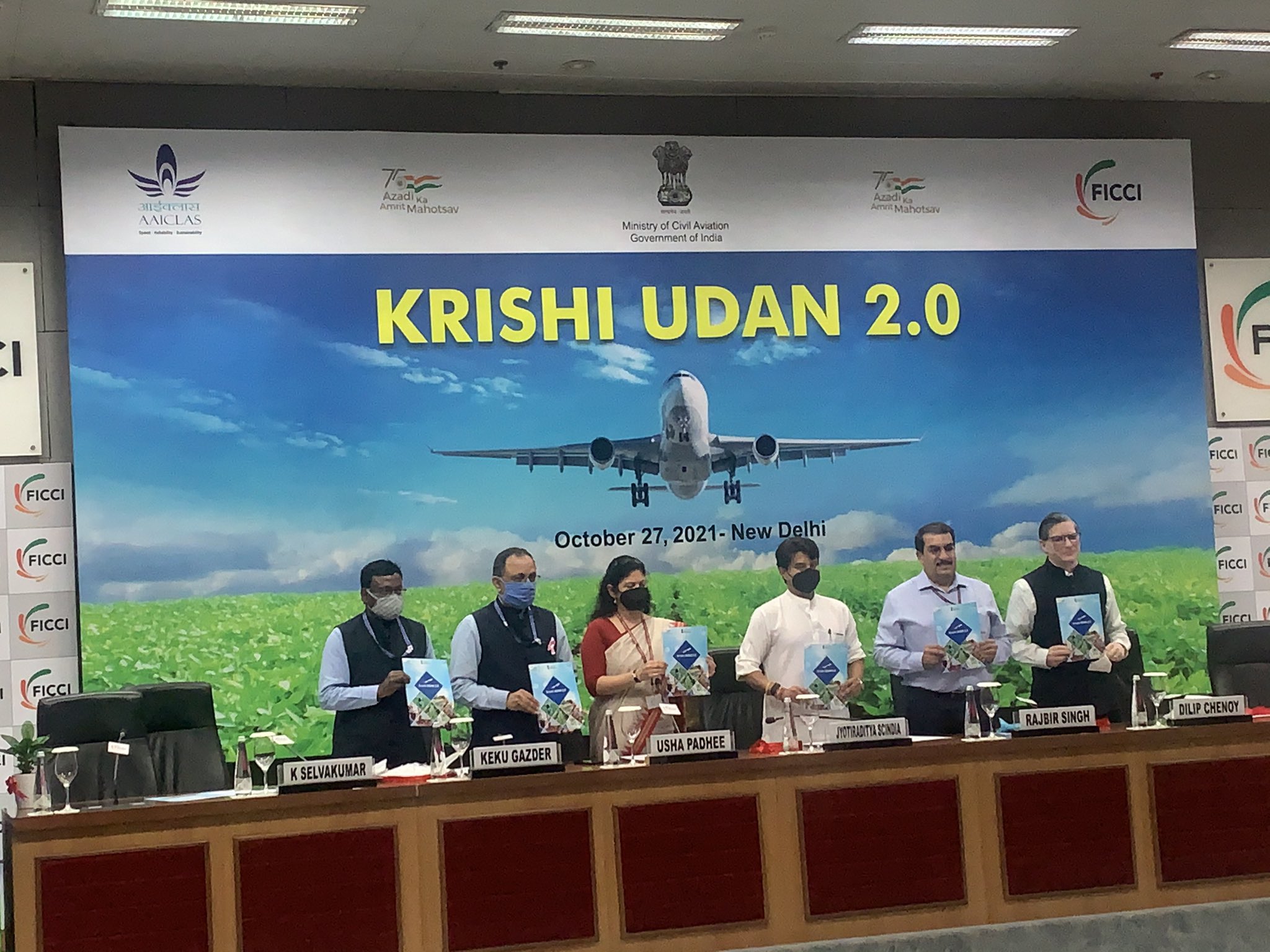- Six Reasons To Bring Millets To The Market!
- Hong Kong Court Makes Landmark Ruling Protecting Transgender Rights
- Substrate Promiscuity Of Fungi Generated Enzyme Laccase Shows Potential In Degrading Industrial Dye Effluents
- Union Minister Of Rural Development Holds A Meeting On ‘Cactus Plantation And Its Economic Usage’
- Ministry Of Tribal Affairs Organised One Day Mega Health Camp ‘Abua Bugin Hodmo-Our Better Health’ At Saraikela Kharsawan, Jharkhand
- Blue Flag Standards For Beaches In The Country
- India-Namibia Sign An MoU On Wildlife Conservation And Sustainable Biodiversity Utilization
- Hydrophobic Ingredients, In Combination With Obsolete Antibiotics, Can Counter Multidrug-Resistant Bacteria
- Promoting Cultivation Of Kala Namak Paddy
NGO helps tribal farmers get irrigation water
Posted by: 2021-01-19 09:16:35 ,By Admin

The tribal farmers of Logili village of Dumbriguda mandal in the Agency area of the district will no longer have to look skywards for rain. Thanks to the initiative of Vikasa, an NGO, the path has been cleared for the supply of water through gravity to their fields.
HDPE pipes have been laid for a length of 2 km from the water stream to divert it to the fields. The project has reached the pilot testing stage and water is now reaching the fields. A cluster of 31 acres, belonging to 50 tribal families are benefited by the project.
"During an interaction, the tribal farmers told us about their difficulties as they had to solely depend on rainwater for irrigation and sought our help. We decided to involve the farmers in the project as our idea is to develop a sense of ownership and responsibility among the beneficiaries, once the project is completed," S. Kiran, executive director of Vikasa, told this correspondent.
"The planning for the project began one-and-a-half years ago, but it was delayed by about eight months due to the COVID-19 pandemic. A donor, who promised to contribute, had also backed out. We raised funds locally with the farmers themselves meeting 26% of the project cost through 'shram daan' and 9% in cash," he said.
"We raised funds from various organisations and the major contributors include Lotus Wireless Technologies, of Visakhapatnam city, which contributed INR1.8 lakh as part of its CSR activity, and BIRDS organisation of Kurnool, which gave INR1 lakh," Mr. Kiran said.
"Once the project was finalised, a check-dam was constructed with 'shram daan', trenches were dug from the source to the fields, after completion of the scientific studies on the elevation. The pipes were laid and plumbing work was done. Pipes were also laid from the plot to the mainline and testing was done to check the water flow. The design was given by Water and Livelihood Foundation of Hyderabad," he said.
"The project was completed at a total cost of INR18 lakh with 45% of the cost going towards the purchase of HDPE pipes. The diameter of the mainline is 110 mm, while it is 50 mm at the end point. The diameter has to be reduced to maintain the pressure of water," says Mr. Kiran.
"A decade ago, we provided drinking water through gravity in the same village (Logili). The drinking water supply pipeline continues to serve them till date. In the absence of gravity pipeline, they had to walk long distances to fetch water from the hill stream," he adds.
Read more: Click Here
You may like similar news
.jpg)
Rameshwaram Cafe founder reacts to raid in viral video. X interprets his body language: 'Apology or warning?'
Rameshwaram Cafe co-founder Raghavendra Rao said the eatery uses premium ingredients and raw materia...

Italy's drought-hit farmers face sea water threat
SCARDOVARI, Italy, June 29 (Reuters) - The worst drought in 70 years has meant salt water from the A...

India Invites Startups and FPOs to Capitalise on Agri and Food Processing Policies at EXPO2020 Dubai
As part of India’s efforts to showcase the country’s investment-friendly policies and growth opp...

29 States covered under the Krishi Udan 2.0 Scheme
Krishi Udan Scheme 2.0 was announced on 27 October 2021 enhancing the existing provisions, mainly fo...

Testing Labs for Food Products
There are 726 Testing Laboratories for food products in the country as per study conducted by Minist...









